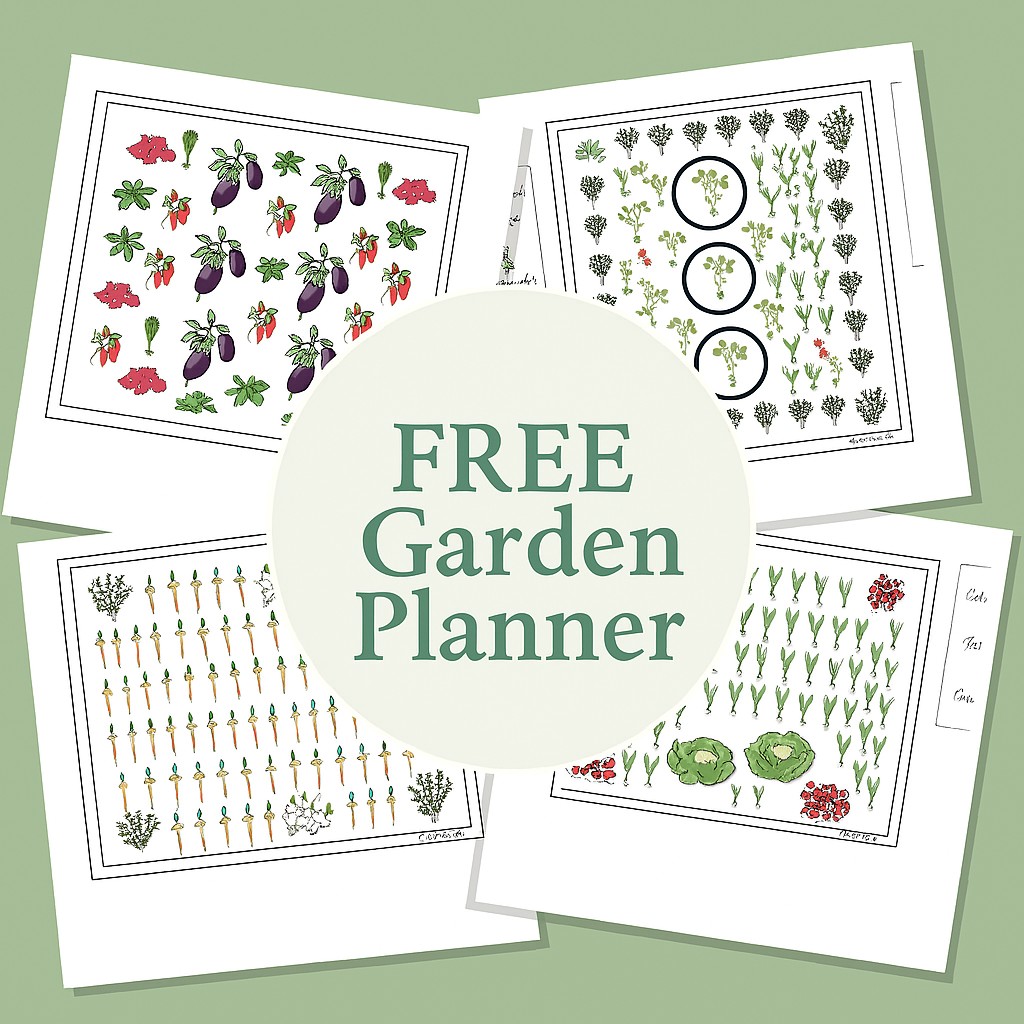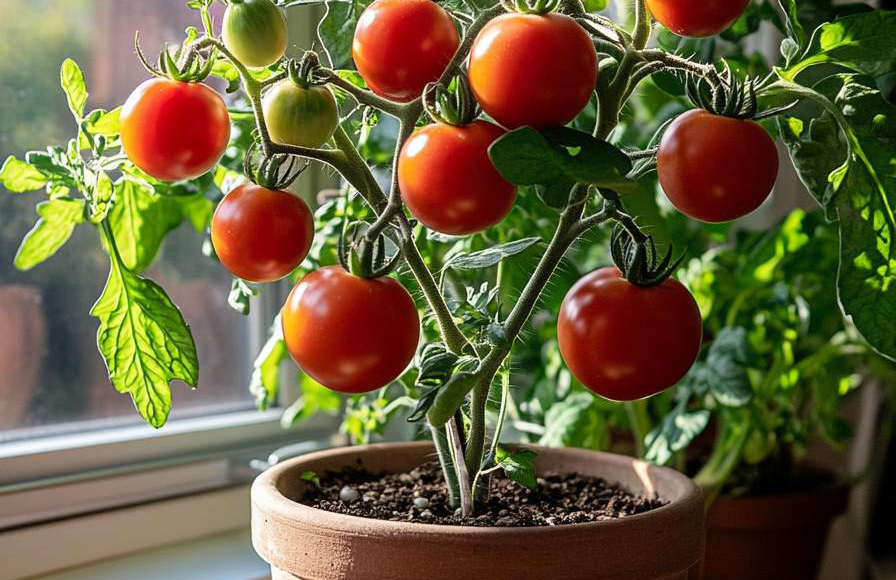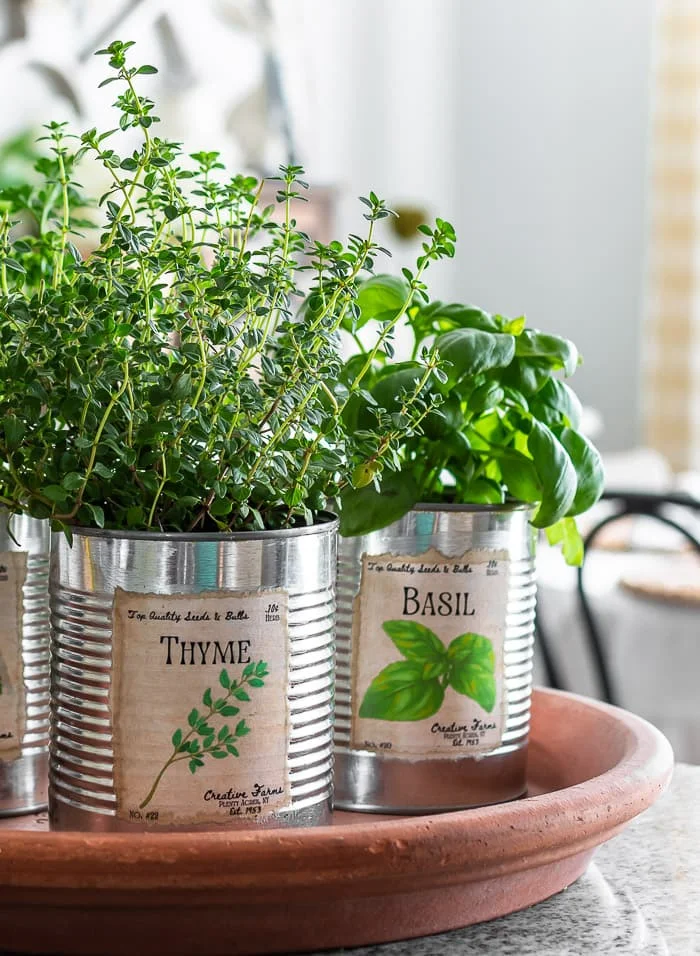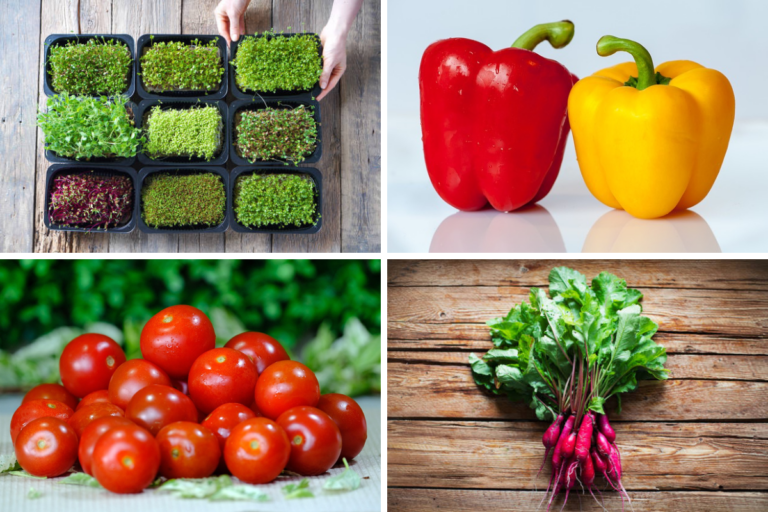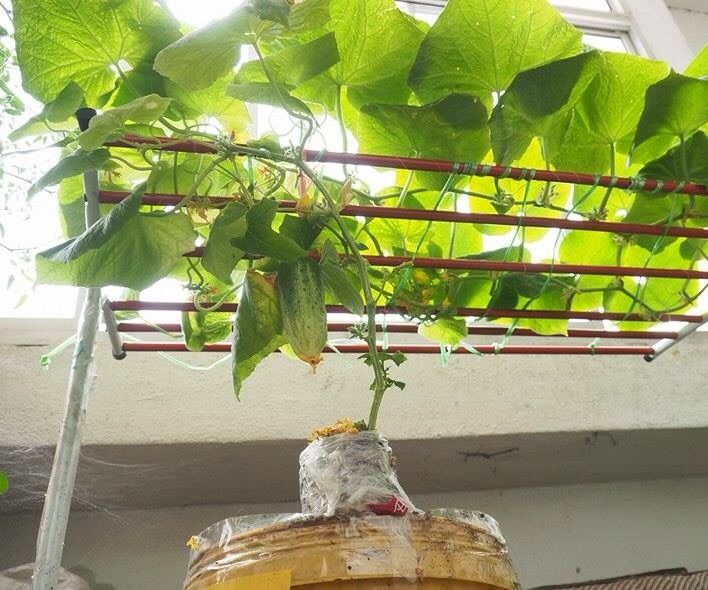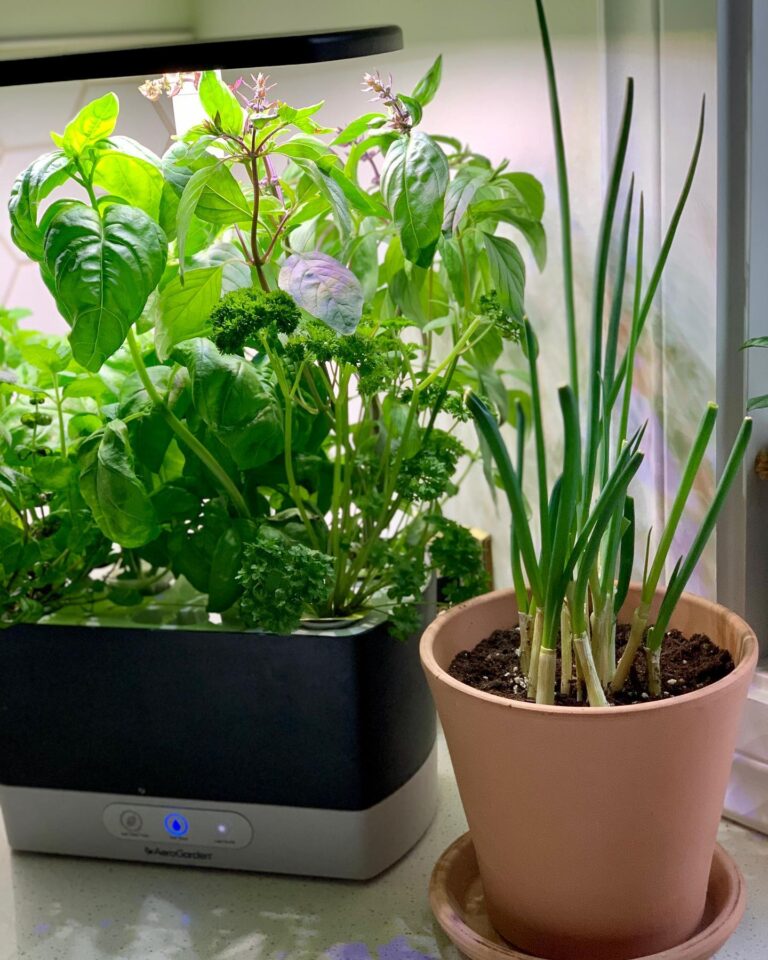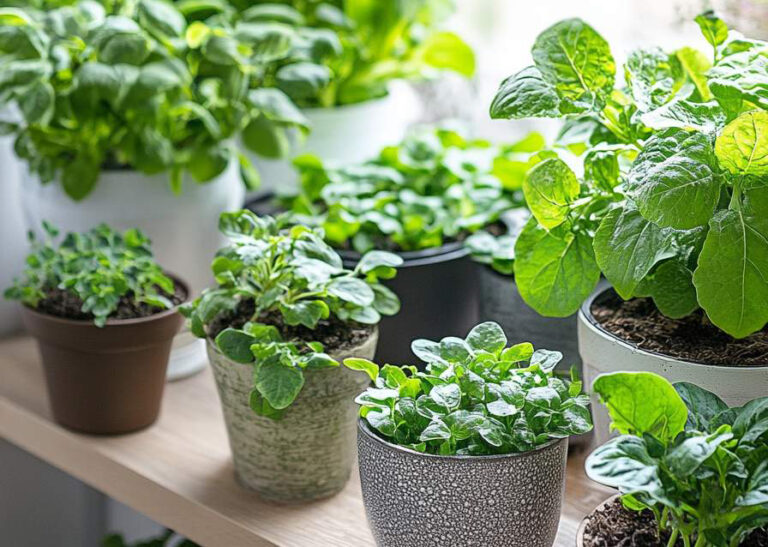How to Grow Tomatoes Indoors: A Step-by-Step Guide to Tomato Container Gardening
Growing tomatoes indoors can be a rewarding experience, allowing you to enjoy fresh, homegrown tomatoes year-round. Whether you’re a seasoned gardener or a beginner, learning how to grow tomatoes in a pot indoors is easier than you might think! By following this guide, you’ll master the essentials of tomato container gardening and tackle common tomato plant problems with confidence. Ready to get started?
Why Grow Tomatoes Indoors?
Have you ever wondered what it’s like to have fresh tomatoes right at your fingertips, regardless of the season? Growing tomatoes indoors offers flexibility and control over the environment, helping you avoid weather-related issues and ensuring your plants thrive. Plus, it’s a fun and fulfilling way to bring a bit of nature into your home!

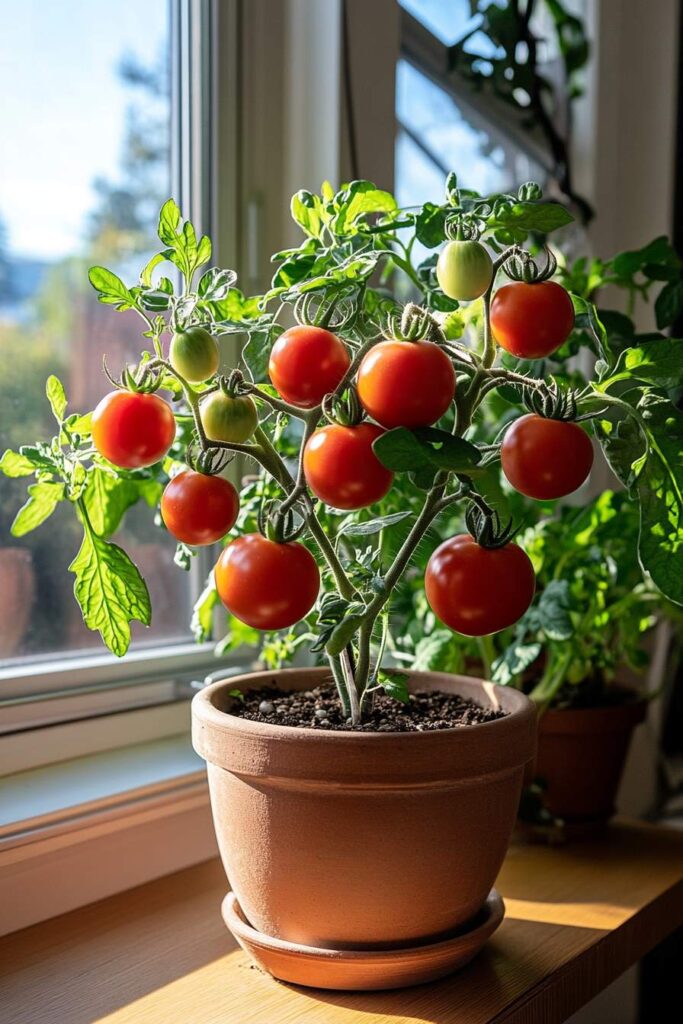
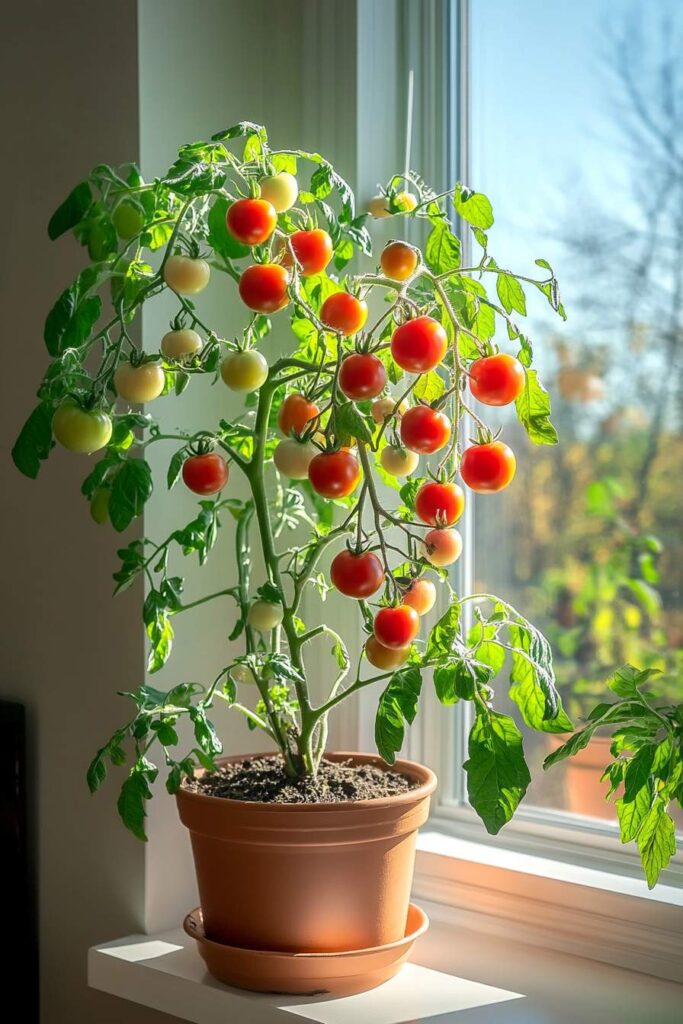

Choosing the Right Variety for Indoor Gardening
Not all tomato plants are created equal when it comes to indoor growth. For success in a bucket garden or small containers, choose compact or dwarf varieties like:
- Cherry tomatoes
- Bush tomatoes
- Patio tomatoes
These varieties require less space but still produce a good yield, making them perfect for indoor environments.
Step-by-Step: How to Grow Tomatoes in a Pot Indoors
1. Selecting the Right Pot
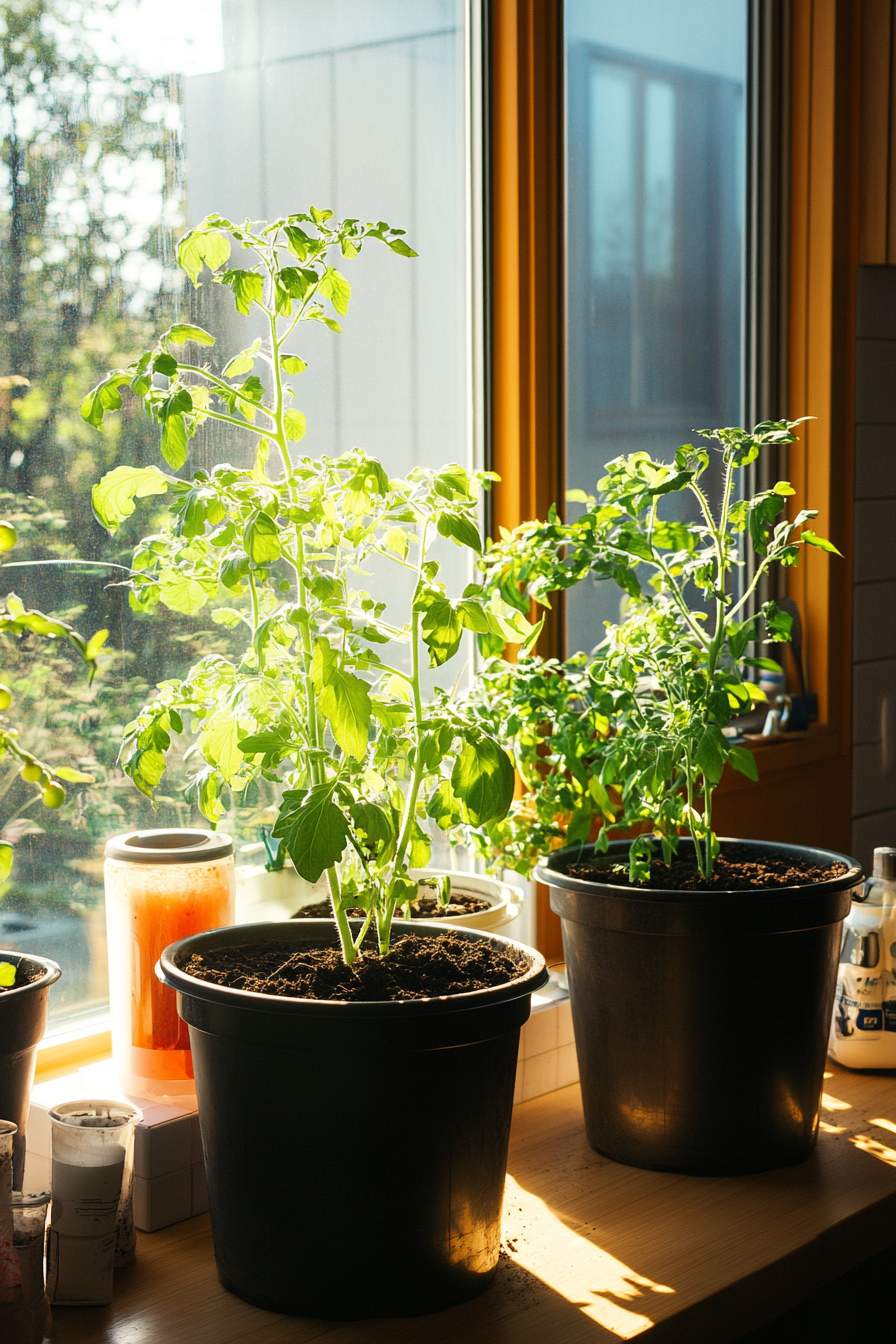
The first step in growing tomatoes indoors is choosing the right container. A pot that is at least 12-18 inches deep will allow the roots plenty of room to grow. Make sure it has good drainage holes to prevent water from pooling, which can lead to root rot.
- Tip: Consider using a 5-gallon bucket, a favorite in the bucket garden community!
2. Potting Mix and Soil
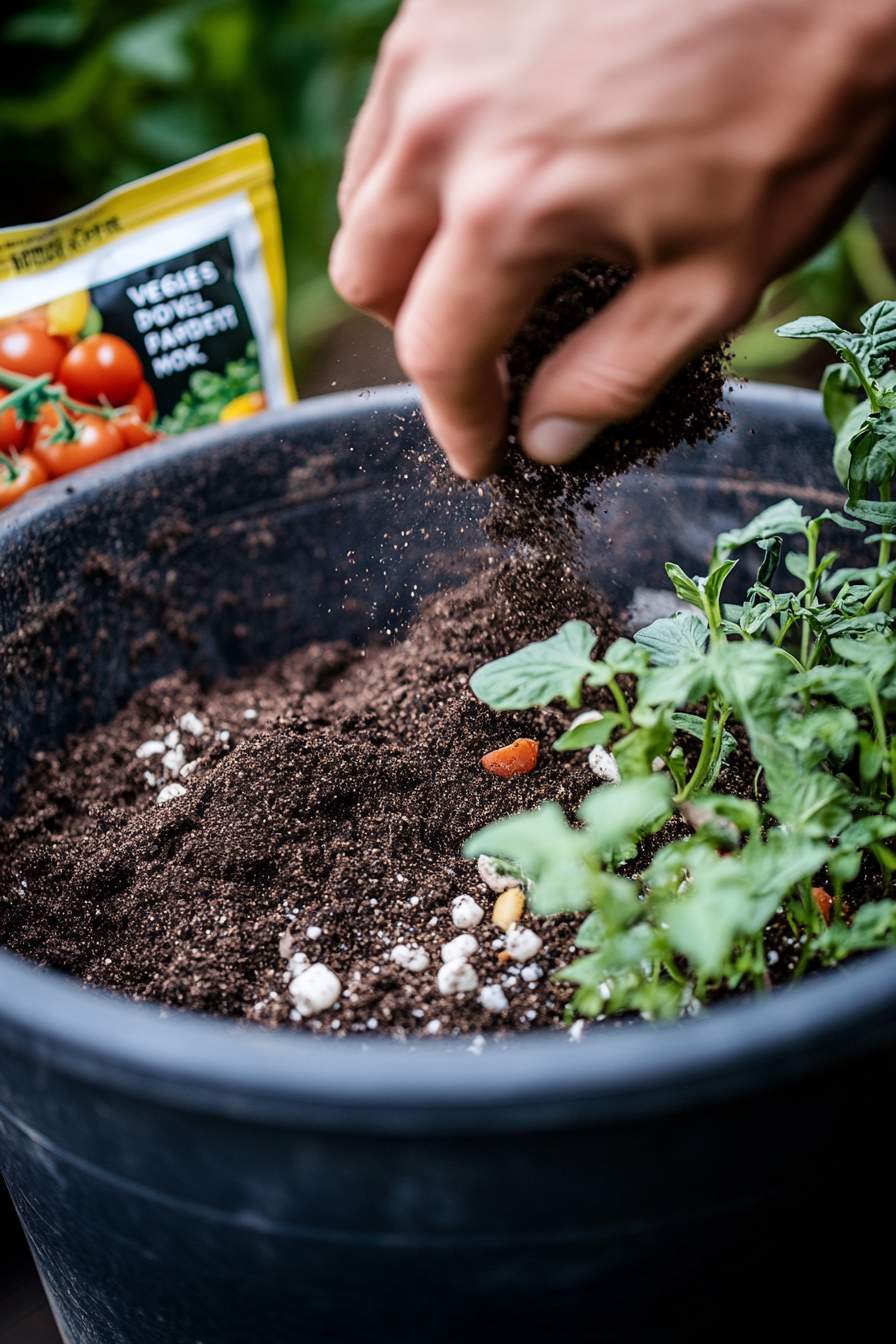
A high-quality potting mix designed for vegetables is essential. Avoid using regular garden soil, as it may compact in the pot and prevent proper drainage. For added nutrition, mix in compost or organic fertilizer.
- Pro Tip: Use a mix that includes perlite or vermiculite to ensure proper aeration for your plants.
3. Tomato Planting and Lighting

When it comes to tomato planting, place one plant per pot, making sure it’s planted deep enough so that part of the stem is buried. This encourages a stronger root system. Tomatoes need at least 6-8 hours of sunlight daily, so place them in a sunny window or under a grow light.
- Tip: Rotating the plant occasionally will ensure even growth, as tomatoes tend to lean toward the light source.
4. Watering and Feeding
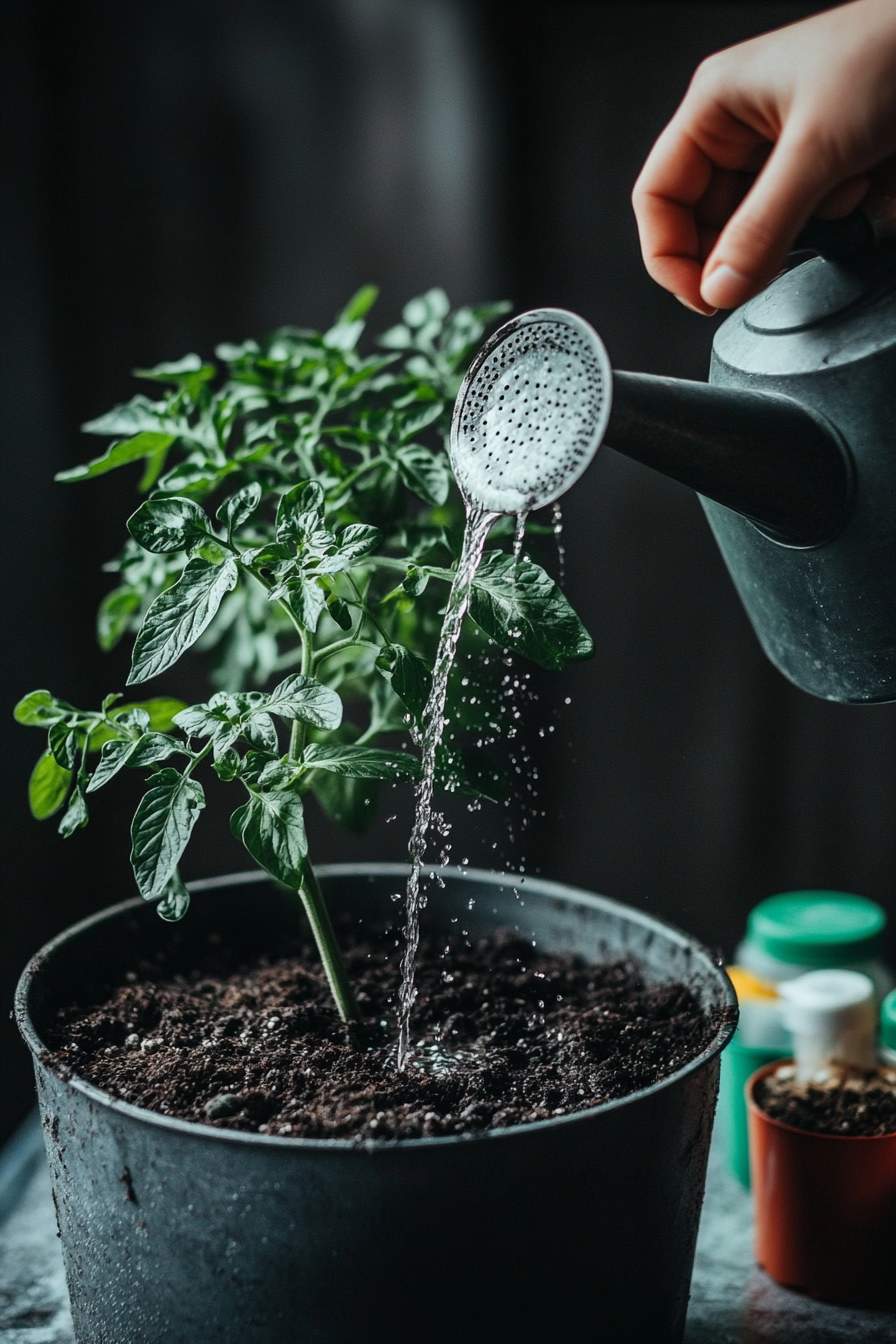
Proper watering is key to gardening tomatoes successfully. Water your plants consistently, keeping the soil moist but not soggy. Overwatering can lead to tomato plant problems like fungal diseases, while under-watering can cause wilting.
- Fertilize your plants every two weeks with a balanced fertilizer or one high in potassium to promote fruiting.
Common Tomato Plant Problems
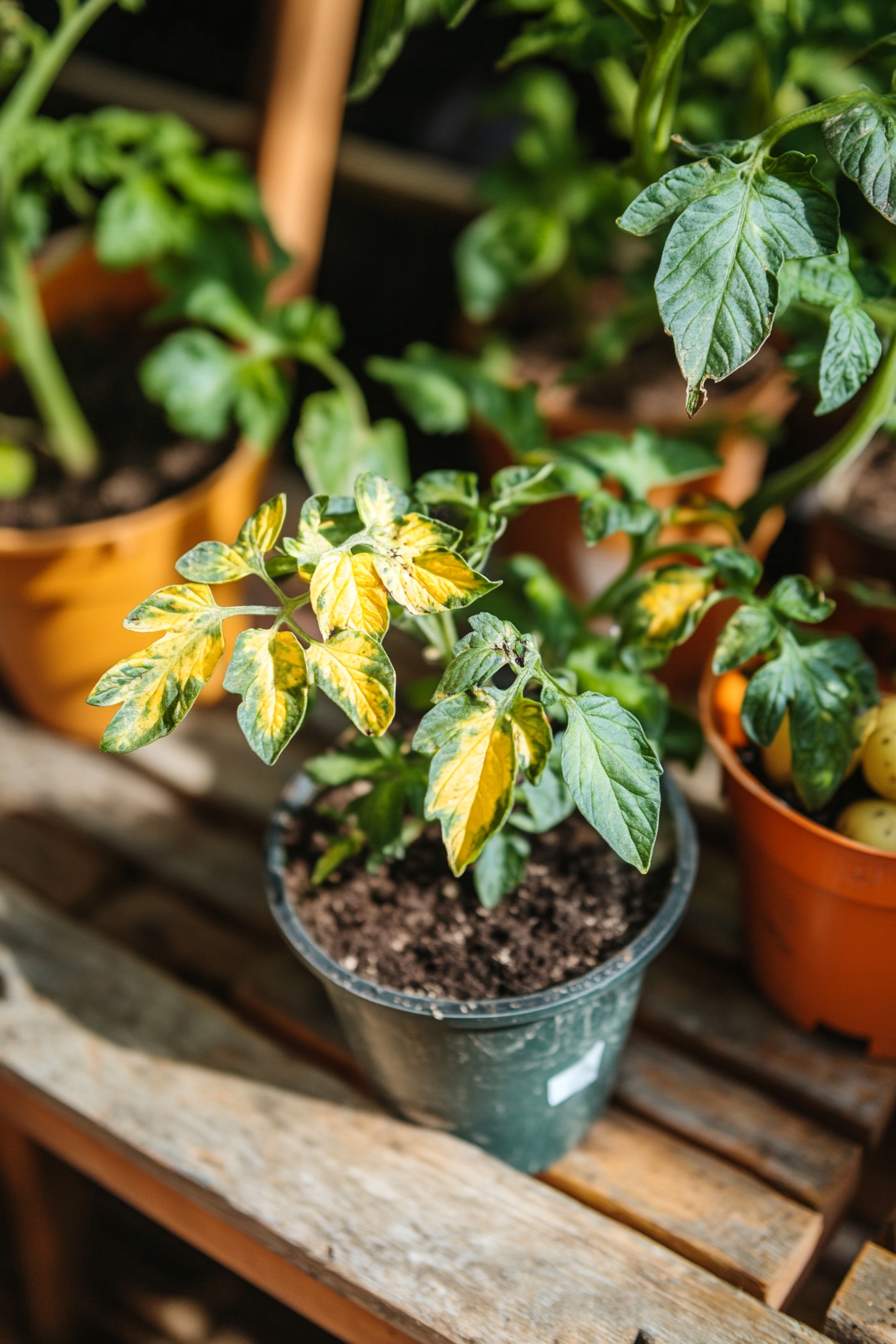
Indoor plants can still encounter issues, so it’s essential to keep an eye out for common tomato plant problems:
- Yellowing leaves: Could be a sign of nutrient deficiency or overwatering.
- Blossom-end rot: Caused by a calcium deficiency, often due to inconsistent watering.
- Pests: Indoor tomatoes aren’t immune to aphids or spider mites, so be on the lookout for signs of infestation.
- Companion plants: Growing tomatoes alongside certain plants can deter pests and promote healthy growth. Consider adding potato companion plants to your indoor garden. Potatoes and tomatoes share similar needs and can benefit from being grown near each other.
Final Thoughts: Growing Tomatoes Indoors
Indoor tomato gardening is not just about growing food—it’s a rewarding experience that brings nature into your home. By choosing the right variety, using proper containers, and staying mindful of common tomato plant problems, you can enjoy fresh, delicious tomatoes all year long. So, get your hands in the soil and start your indoor gardening adventure today!
